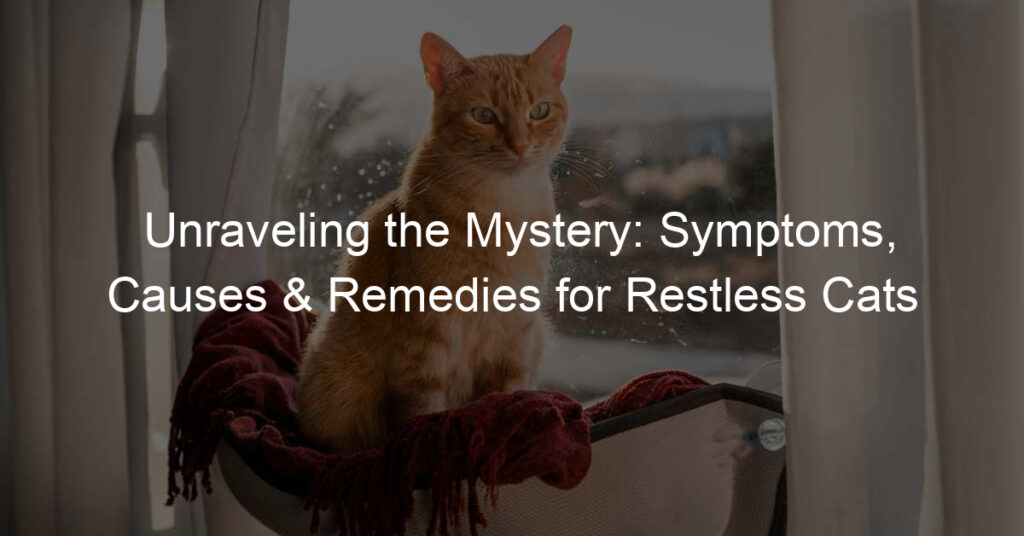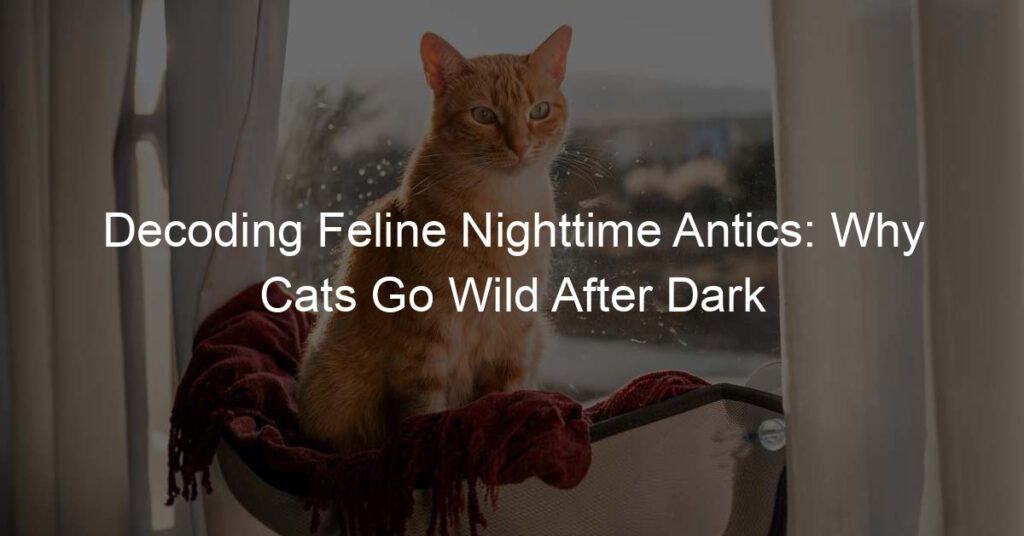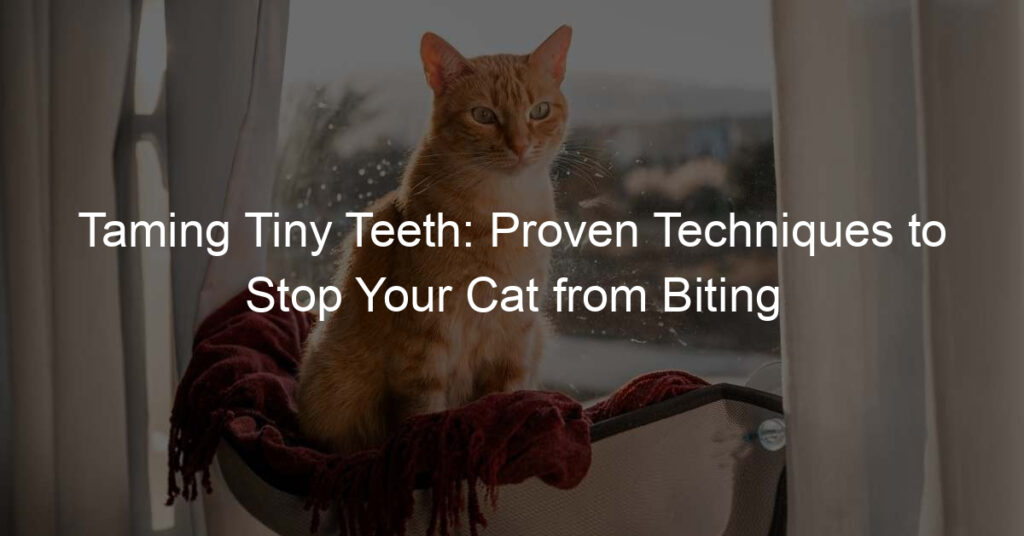
Introduction to Hypoallergenic Cats
For many people, the joy of owning a cat is often overshadowed by the discomfort of allergies. However, the concept of hypoallergenic cats brings hope to those who long for a feline companion but dread the sneezes, itchy eyes, and runny noses. In this section, we will explore the world of hypoallergenic cats, understand their unique characteristics, and debunk some common myths.
- Understanding the concept of Hypoallergenic Cats
- Debunking myths about Allergy-friendly Cats
When we talk about hypoallergenic cats, it’s important to clarify that no cat is 100% allergen-free. The term ‘hypoallergenic’ refers to cats that produce fewer allergens than others. Allergens are proteins that cause allergic reactions. In cats, the primary allergen is a protein called Fel d 1, which is found in their saliva, skin, and urine. Hypoallergenic cats produce less of this protein, reducing the likelihood of an allergic reaction.
There are many myths surrounding hypoallergenic cats. One common misconception is that hypoallergenic cats are hairless. While it’s true that some hairless breeds like the Sphynx are less likely to cause allergies, it’s not the hair that causes allergies but the allergens on their skin and in their saliva. Another myth is that hypoallergenic cats are not affectionate. This is simply not true. Hypoallergenic or not, every cat has its own unique personality and can be just as loving and affectionate as any other cat.
In the following sections, we will delve deeper into understanding cat allergies, explore various hypoallergenic cat breeds, and guide you on finding the perfect hypoallergenic cat for you. Stay tuned!
Understanding Cat Allergies
When it comes to cat allergies, there’s a lot to understand. Let’s delve into the causes of these allergies and how they affect individuals differently.
What Causes Cat Allergies?
There are two primary causes of cat allergies:
- The role of dander and saliva: Contrary to popular belief, it’s not cat hair that causes allergies. Instead, it’s the proteins found in a cat’s dander (dead skin) and saliva. When a cat cleans itself, these proteins get onto its fur. From there, they can become airborne and inhaled by people, causing allergic reactions.
- Individual sensitivity and allergic reactions: Not everyone reacts to these proteins in the same way. Some people have a higher sensitivity to these allergens, leading to more severe allergic reactions. This sensitivity is often due to genetic factors. For instance, if your parents have allergies, you’re more likely to have them too.
Understanding these causes can help you manage your allergies and find ways to coexist happily with your feline friends.
Common Symptoms of Cat Allergies
When it comes to cat allergies, there are a few common symptoms that you might notice. These symptoms can vary from person to person, but they often include the following:
- Respiratory Symptoms: One of the most common symptoms of a cat allergy is difficulty breathing. This can include a runny nose, sneezing, and coughing. Some people might also experience a tight feeling in their chest or even have trouble catching their breath. This happens because the body’s immune system is reacting to the cat allergens, causing inflammation in the airways.
- Skin Reactions: Another common symptom of cat allergies is skin reactions. This can include redness, itching, or even hives. These reactions can occur anywhere on the body, but they’re most common where the cat has made direct contact, like your hands or face. This is because the skin is reacting to the allergens left behind by the cat’s dander or saliva.
- Eye Irritation: If you’re allergic to cats, you might also experience eye irritation. This can include red, itchy, or watery eyes. This happens when allergens from the cat come into contact with your eyes, causing them to become inflamed and irritated.
Remember, everyone’s body reacts differently to allergens, so your symptoms might be different from someone else’s. If you’re experiencing any of these symptoms and you’ve been around a cat, it’s possible that you could have a cat allergy. It’s always best to consult with a healthcare professional if you’re experiencing any health concerns.
Exploring Hypoallergenic Cat Breeds
For those who love cats but are allergic, hypoallergenic cat breeds can be a great solution. These breeds produce fewer allergens, making them a better choice for allergy sufferers. Let’s explore some of the top hypoallergenic cat breeds.
Top Hypoallergenic Cat Breeds
Here are some of the most popular hypoallergenic cat breeds that are known for their low allergen levels:
- Siberian: Siberians are known for their luxurious fur and playful nature. Despite their long fur, they produce fewer allergens than most other breeds.
- Balinese: Often referred to as the “long-haired Siamese”, Balinese cats also produce fewer allergens. They are known for their striking blue eyes and silky coat.
- Oriental Shorthair: Oriental Shorthairs have a short, fine coat and produce very little dander, making them a good choice for those with allergies.
- Javanese: Javanese cats have a medium-length single coat that doesn’t mat. Because they lack an undercoat, they have less fur, which translates into fewer allergens.
- Cornish Rex: The Cornish Rex has a very short and fine coat. They shed less than other breeds, which can help to reduce allergens.
Choosing a hypoallergenic cat breed can significantly reduce the chances of an allergic reaction. However, it’s important to spend time with a cat of that breed before bringing one home, to ensure you don’t have a reaction.
Characteristics of Hypoallergenic Cat Breeds
When we talk about hypoallergenic cat breeds, there are certain characteristics that make them stand out. These traits help reduce allergic reactions in humans. Let’s explore these characteristics in detail:
- Low Dander Production
- Minimal Shedding
- Unique Grooming Habits
Dander, a common allergen, is a combination of dead skin cells and hair (or feathers) from animals. Hypoallergenic cats are known for their low dander production. This means they produce fewer allergens compared to other cats, reducing the chances of triggering an allergic reaction.
Another characteristic of hypoallergenic cats is their minimal shedding. Cats that shed less hair are less likely to cause an allergic reaction. This is because the allergens are found in the cat’s saliva, which gets on their fur when they groom themselves. Less fur around your home means fewer allergens in the environment.
Hypoallergenic cats also have unique grooming habits. They tend to groom themselves less frequently than other cats, which means less saliva and dander on their fur. This can significantly reduce the amount of allergens present in your home.
Understanding these characteristics can help you make an informed decision when choosing a hypoallergenic cat. Remember, no cat is 100% hypoallergenic, but these breeds can significantly reduce the risk of allergic reactions.
Finding Hypoallergenic Cats
Once you’ve learned about hypoallergenic cats and their unique qualities, you may be wondering how to find one to join your family. This section will guide you through the process of adopting a hypoallergenic cat.
Adopting Hypoallergenic Cats
Adopting a hypoallergenic cat is a process that requires careful research and preparation. Here are the key steps to consider:
- Researching reputable breeders
- Adoption process for hypoallergenic cats
Not all breeders are created equal. It’s crucial to find a reputable breeder who prioritizes the health and well-being of their cats. Look for breeders who are registered with recognized cat fancier associations and who are transparent about their breeding practices. Ask for references and take the time to visit the breeder’s facility if possible. A good breeder will be more than happy to answer all your questions and provide you with all the necessary information about the hypoallergenic breed you’re interested in.
The adoption process for hypoallergenic cats is similar to that of other breeds. Once you’ve found a reputable breeder, you’ll likely need to fill out an application and provide references. The breeder will want to ensure that you’re prepared to provide a good home for the cat. You may also need to wait for a kitten to become available, as hypoallergenic breeds can be in high demand. Remember, adopting a cat is a long-term commitment, so it’s important to be patient and make sure you’re making the right decision for your family.
By following these steps, you can ensure that you’re bringing a healthy, happy hypoallergenic cat into your home. In the next section, we’ll discuss how to create an allergy-free environment for your new feline friend.
Living with Hypoallergenic Cats
Living with hypoallergenic cats can be a joy, especially for those who love cats but struggle with allergies. However, it’s important to create an allergy-free environment and provide proper grooming and care to ensure a comfortable living situation for both you and your feline friend. Let’s explore these two aspects in detail.
- Creating an Allergy-Free Environment
Even though hypoallergenic cats produce fewer allergens, it’s still crucial to maintain an allergy-free environment. This can be achieved by following some simple steps:
- Regular Cleaning: Regularly clean your home, especially the areas where your cat spends most of its time. This includes vacuuming carpets, washing bedding, and dusting furniture.
- HEPA Filters: Use High Efficiency Particulate Air (HEPA) filters in your home. These filters can trap allergens and help to improve the air quality.
- Limit Cat’s Access: Restrict your cat’s access to certain areas of your home, especially your bedroom. This can help to reduce your exposure to allergens.
- Proper Grooming and Care
Proper grooming and care are essential for hypoallergenic cats. Here are some tips:
- Regular Brushing: Brush your cat regularly to remove loose hairs and potential allergens. It’s best to do this outside, if possible.
- Bathing: Bathe your cat every few weeks. This can help to reduce the amount of allergens on your cat’s fur. Remember to use cat-friendly shampoos.
- Veterinary Care: Regular veterinary check-ups are important to ensure your cat is healthy and not producing excess allergens due to illness.
Living with hypoallergenic cats can be a wonderful experience. By creating an allergy-free environment and providing proper grooming and care, you can enjoy the companionship of your feline friend without worrying about allergies.
Perfect Feline Companion: Hypoallergenic Cats
If you’re an allergy sufferer who loves cats, hypoallergenic cats may be the perfect solution for you. These special breeds can offer all the companionship and joy of a regular cat, but without the sneezing, itching, and other uncomfortable symptoms. Let’s explore the benefits of owning hypoallergenic cats and hear from some people who have experienced these benefits first-hand.
- Benefits of Owning Hypoallergenic Cats
- Reduced Allergy Symptoms: Hypoallergenic cats produce fewer allergens, which means less sneezing, itching, and watery eyes for you.
- Companionship: Cats are known for their independent yet affectionate nature. Owning a hypoallergenic cat allows you to enjoy this companionship without the discomfort of allergies.
- Improved Mental Health: Pet ownership has been linked to improved mental health. With a hypoallergenic cat, you can enjoy these benefits without the stress of managing allergy symptoms.
- Testimonials from Allergy Sufferers
Many people who suffer from allergies believe that they can’t own a cat. However, hypoallergenic cats can change that. Here are some of the benefits:
Don’t just take our word for it. Here are some testimonials from allergy sufferers who have found relief with hypoallergenic cats:
“I’ve always loved cats, but my allergies made it impossible to own one. Discovering hypoallergenic cats was a game-changer. I now have a beautiful Siberian cat, and my allergy symptoms have drastically reduced.” – John, New York
“My hypoallergenic cat has been a blessing. I no longer have to choose between having a pet and suffering from allergies.” – Sarah, California
In conclusion, hypoallergenic cats can be the perfect feline companions for allergy sufferers. They offer all the benefits of regular cats, but with significantly reduced allergy symptoms. If you’re an allergy sufferer who loves cats, a hypoallergenic cat could be the perfect solution for you.
Conclusion: Your Guide to Allergy-Free Companionship
As we wrap up this comprehensive guide on hypoallergenic cats, it’s important to remember that the journey to allergy-free companionship is a personal one. What works for one person might not work for another. However, with the right information and a bit of patience, you can find the perfect feline companion that won’t trigger your allergies.
- Recap of the Best Hypoallergenic Cats
- Final Thoughts on Cat Breeds for Allergy Sufferers
Throughout this guide, we’ve explored several breeds of hypoallergenic cats. From the sleek and intelligent Siamese to the playful and affectionate Balinese, each breed has its unique qualities that make them a great addition to any home. The Russian Blue, with its plush double coat, and the Oriental Shorthair, with its minimal shedding, are also excellent choices for allergy sufferers.
Living with allergies doesn’t mean you have to give up on the joy of having a feline friend. With hypoallergenic cat breeds, you can enjoy the companionship of a cat without the discomfort of allergic reactions. Remember, hypoallergenic doesn’t mean allergy-free, but these breeds are less likely to trigger allergies. It’s always best to spend time with a cat before bringing it home to see if it triggers your allergies.
With this guide, we hope you’re now equipped with the knowledge to make an informed decision about bringing a hypoallergenic cat into your home. Remember, the goal is to find a cat that brings you joy and companionship without compromising your health. Happy cat hunting!








